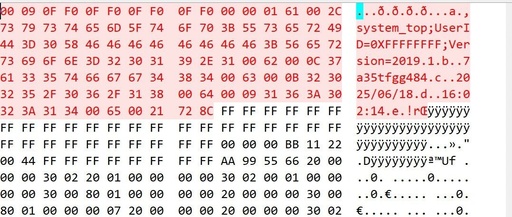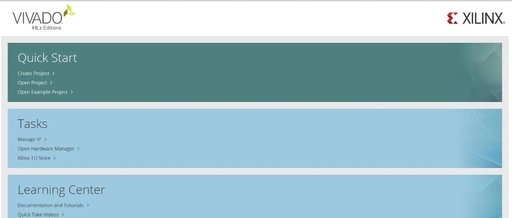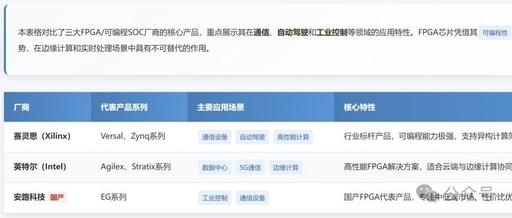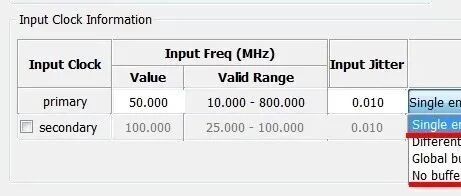Xilinx FPGA Hardware Design (Part 3): Power Supply Design
Power supply design is also a very important aspect of FPGA design. The following explains the power supply design for the 7 series FPGA. 1.Introduction to FPGA Power Supply Types The LVCMOS standards supported by the 7 series FPGA are: LVCMOS12, LVCOMS15, LVCMOS18, LVCMOS25, and LVCMOS33. Among them, LVCMOS25 and LVCMOS33 I/O standards can only … Read more








